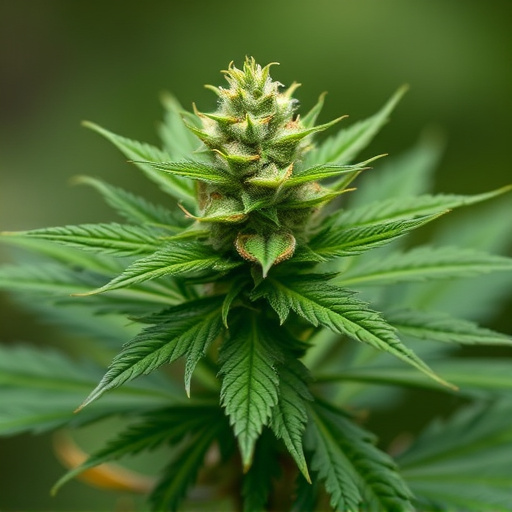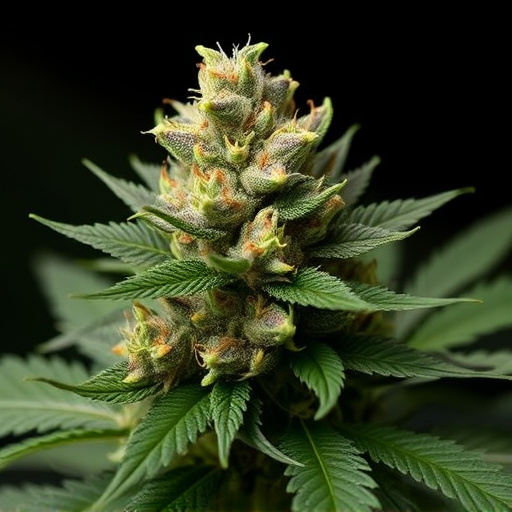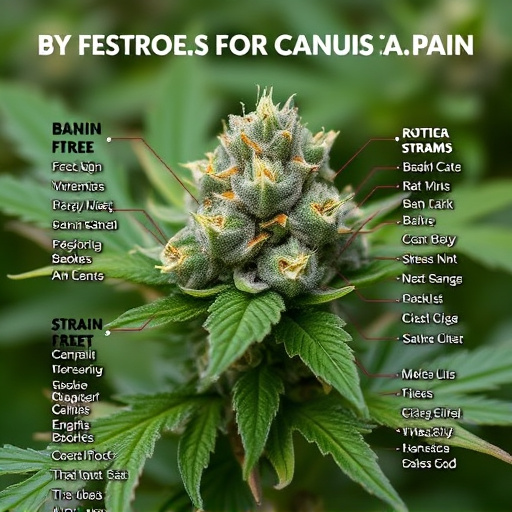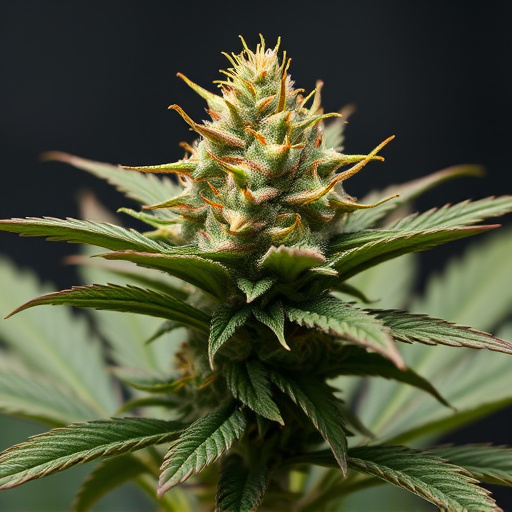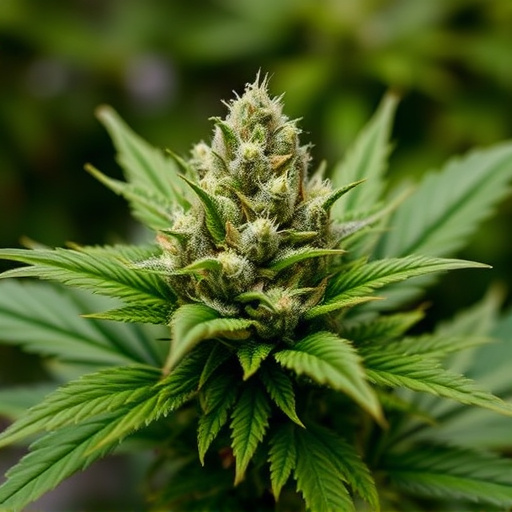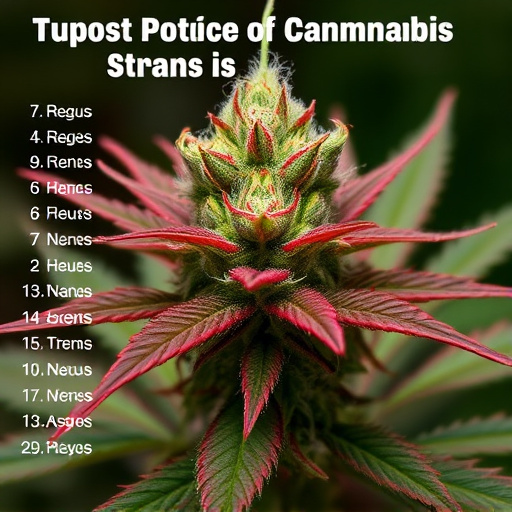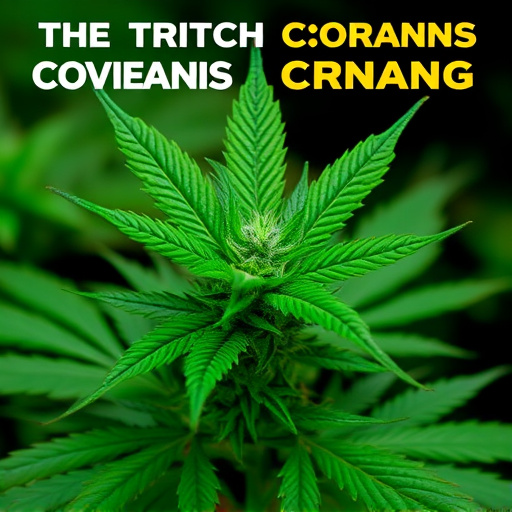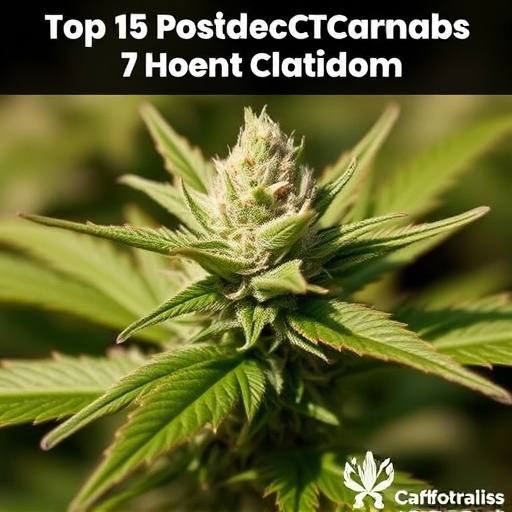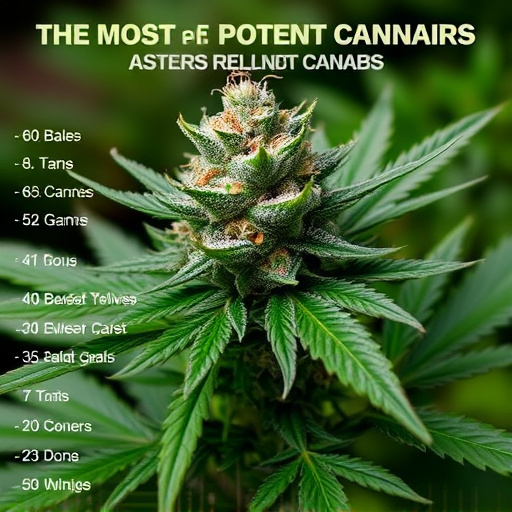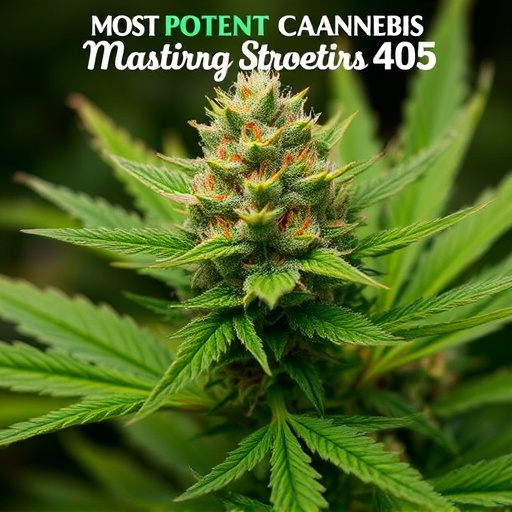The method of consuming cannabis strongly influences drug testing results and effects. Inhalation (smoking) leads to faster detection times (1-8 hours) compared to ingestion (edibles or beverages), which can take up to 24 hours for THC to metabolize out. Potent cannabis strains with high THC concentrations, when ingested, can be difficult to detect due to their increased bioavailability and longer elimination half-life in the body. Edibles offer a slower onset (30 minutes – 1 hour) but shorter duration of effects (a few hours), compared to smoking's quicker relief but transient effects lasting several hours. Users of most potent cannabis strains need to consider these differences when choosing between edibles and smoking for desired outcomes.
“Uncovering the Elusive Timelines: Factors Shaping Cannabis Detection Times”
The duration cannabis remains detectable in an individual’s system is a complex interplay of various factors. This article delves into the intriguing world of cannabis metabolism, exploring how consumption methods, strain potency, and personal characteristics collectively influence detection windows. From the swift yet fleeting effects of edibles to the immediate yet transient impacts of smoking, each method presents distinct timelines. Furthermore, we dissect the variations among hybrid, indica, and sativa strains, highlighting the profound impact of THC content on detectability. Understanding these factors is crucial, especially for those navigating legalities or seeking insights into the most potent cannabis strains.”
- Method of Consumption and Detection Times
- – Variations in ingestion methods (edibles vs. smoking) and their impact on detection windows
- – Faster onset but shorter duration with edibles versus immediate but transient effects from smoking
Method of Consumption and Detection Times
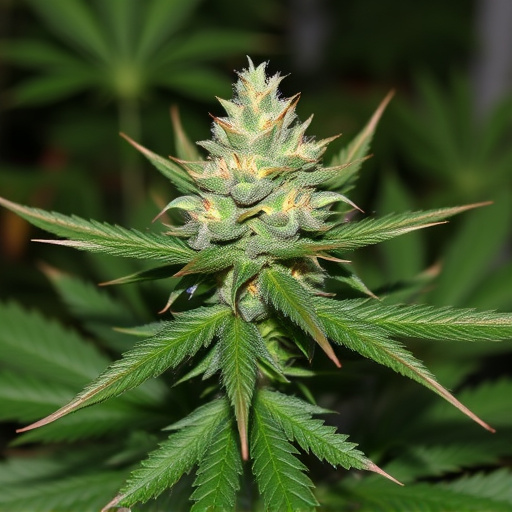
The method of consuming cannabis significantly impacts detection times in drug testing. When it comes to identifying active compounds in the body, ingestion or inhalation are two primary routes of administration that influence the speed and duration of effects. Inhalation, for instance, leads to faster detection times as cannabis is rapidly absorbed through the lungs into the bloodstream. This method often yields positive test results within a few hours of consumption, making it ideal for identifying recent use.
In contrast, ingestion, whether through edibles or beverages, involves a more gradual process. The body metabolizes and absorbs cannabis compounds differently after oral ingestion, resulting in longer detection windows. The potency of the strain, particularly those considered most potent with higher THC concentrations, can also extend these periods since metabolism plays a crucial role in determining how quickly and efficiently the body clears the substances.
– Variations in ingestion methods (edibles vs. smoking) and their impact on detection windows
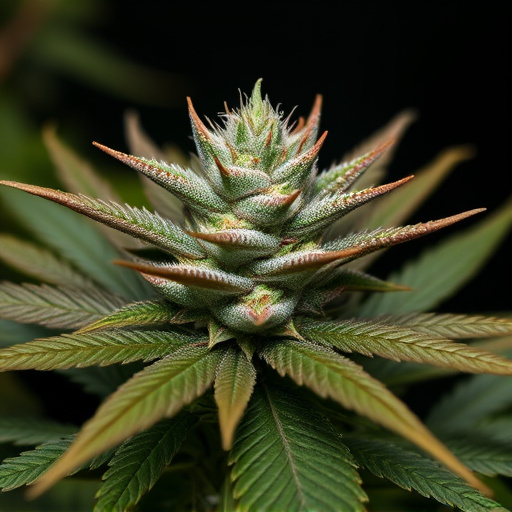
The method of consuming cannabis plays a significant role in determining how long its effects, and consequently, its detectability, will last. Edibles, being a popular choice among those seeking longer-lasting high, offer a delayed onset of effects due to the fact that THC (the primary psychoactive compound) needs to be metabolized by the liver first. This process can extend the detection window significantly, sometimes up to 24 hours or more after ingestion, making it trickier for testing in certain scenarios. On the other hand, smoking cannabis produces faster results as THC is inhaled directly into the bloodstream, leading to quicker onset and shorter detection periods—typically ranging from 1-8 hours, depending on frequency and tolerance.
When considering the most potent cannabis strains, ingestion method becomes even more critical. High-THC strains, known for their intense effects, can be particularly challenging to detect after consumption through methods like edibles due to the increased bioavailability and subsequent longer elimination half-life of THC in the body. This contrast is evident when comparing edible cannabis with smoked cannabis; while both offer unique experiences, they have distinct implications for post-consumption testing and detection times.
– Faster onset but shorter duration with edibles versus immediate but transient effects from smoking
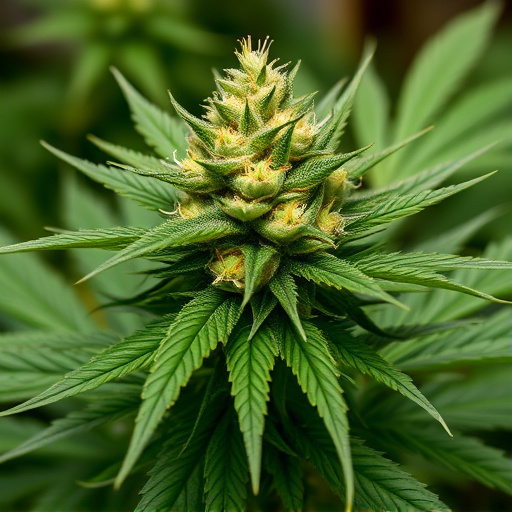
Cannabis consumption through edibles offers a unique experience compared to smoking. Edibles typically have a faster onset, taking effect within 30 minutes to an hour, providing users with a rapid sense of relaxation and euphoria. However, their effects are often shorter-lived, lasting for a few hours at most. This is in contrast to smoking, which delivers immediate but transient effects. With smoking, the high can be felt almost instantly, lasting for several hours, making it a popular choice among those seeking longer-lasting relaxation.
The difference in duration is due to how each method affects the body. Edibles produce their effects through absorption into the bloodstream, often leading to a more intense and prolonged high when consumed in higher doses. Smoking, on the other hand, delivers cannabis compounds directly to the lungs, providing quicker relief but with shorter-lasting effects. This distinction is crucial for users looking to balance intensity, duration, and desired outcomes, especially when considering the most potent cannabis strains available.
Understanding the factors that influence cannabis detection times is crucial, especially when considering the diverse methods of consumption. The method of ingestion plays a significant role; edibles offer a prolonged effect due to their slower absorption, while smoking provides an immediate high but with a shorter duration. This knowledge is essential for individuals seeking to optimize their cannabis experience, ensuring they appreciate the unique characteristics of different strains, such as the most potent cannabis strains, and making informed choices accordingly.

